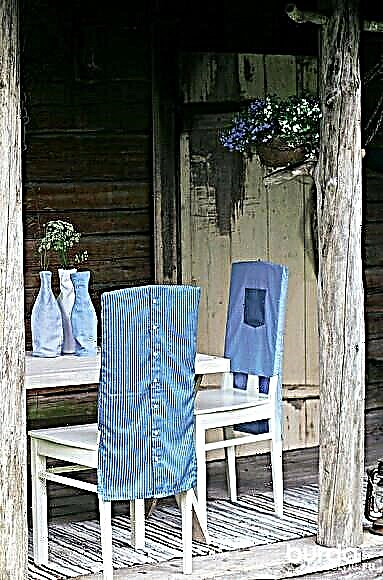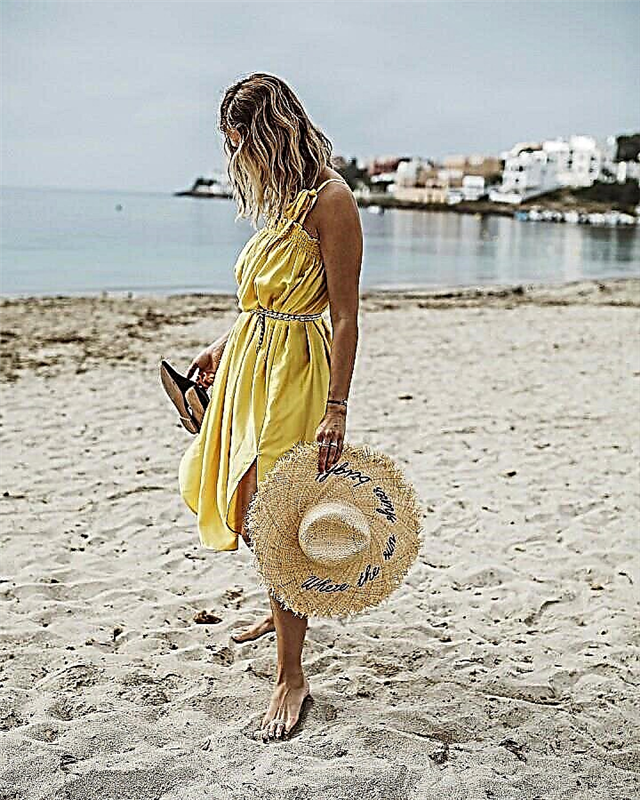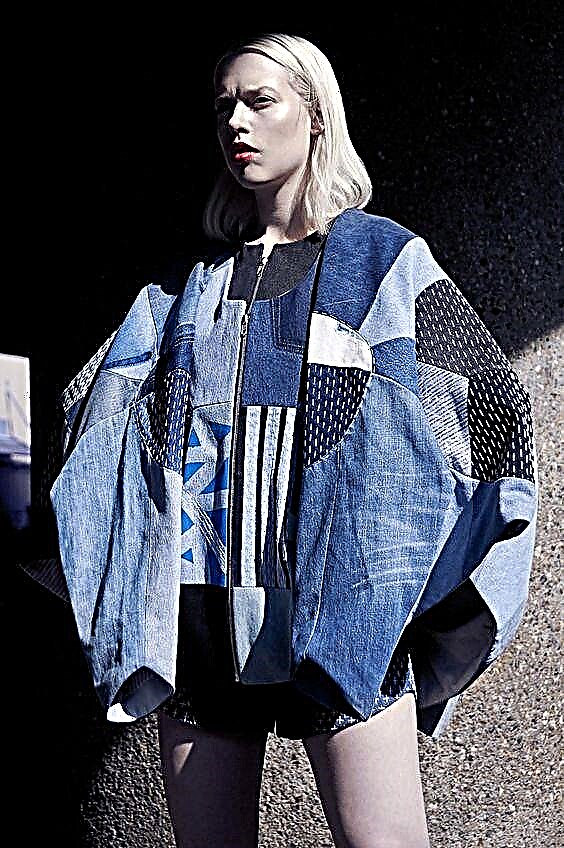Oriental interiors are real poetry of harmony. Create your own quiet and comfortable oasis, where you can forget about the swift running of time.
European fashion for interior design adapts to the change of historical scenery and cultural trends. The East, however, remains unchanged, as if the waves of time only wash it, without making any visible corrections. The East is a style in itself, embodying the European's dream of relaxation, silence, beauty, bliss. And therefore, even today, during the unlimited domination of hi-tech and minimalism, we continue to gravitate towards an oriental tale - Chinese, Indian, Japanese.
It is not necessary to become an orientalist in order to elegantly furnish your home. But in the East, objects are more than just things, meanings are brighter, fantasies are richer.
 Japan - space, light, a minimum of things
Japan - space, light, a minimum of things
A traditional Japanese house is a large free space, which houses a functional kitchen, a cozy reception area, and a place to work. An ideal and not very expensive option for a small apartment. For residents of megalopolises, tired of the dynamism and variegation of the city, the orderliness and simplicity of the Japanese interior is a kind of saving psychotherapy.
Oddly enough, the ancient Japanese style is functional, mobile and very modern. Everything in it is only the most necessary: low sofas, dark wood tables, low benches.Various screens and partitions are easy to move, changing the interior. But cabinets are usually completely absent. Instead, there are various niches in which vases and mother-of-pearl chests that hide clothes or books are beautifully inscribed. And of course, one should not forget about traditional Japanese ikebans, they are like frozen hokku.
Matte pastel colors from beige to cream envelop and act soothingly. For a bright contrast, pink-brown, cherry, red, black and white are traditionally used. Materials - only natural: rattan, light wood, gunny and bamboo.
 China - the arrangement of objects in the house is determined by the wisdom of feng shui
China - the arrangement of objects in the house is determined by the wisdom of feng shui
Chinese style does not avoid bright colors. Therefore, red, yellow, blue often become the main colors of the interior. Of great importance is not only the combination of colors and shades. The most "expensive" colors for Chinese culture are red and yellow. By choosing the right colors, you can bring happiness, prosperity and love to the house.
Curtains and upholstered items can be made of printed silk fabric with typical Chinese motifs: tigers, monkeys, fairytale dragons, flowers, birds, fish. Walls are usually painted or plastered. But wallpapers are also welcomed (it is known that paper wallpapers were invented a long time ago in China). Painting is also possible - the wall turns into a mountain landscape with fancy trees, birds, flowers. And almost every figure - a symbol that says, promises, teaches.
No sharp corners and bulky furniture - this is the basic rule of the Chinese interior. The corners in a modern apartment are best masked with oblique furniture. Here, of course, there is a place for painted screens and screens.
According to the Feng Shui doctrine, each thing has a certain place - both in the apartment and in the world. Similar interior details are placed in pairs or in a composition. For example, a table and two traditional lacquered stools on either side of it.
Natural light is welcome, so you can do without curtains. Instead of chandeliers - lamps hidden behind screens or in paper lanterns, with shades of corrugated paper.
 India - aromas of curry, sandalwood, cinnamon, an incredible combination of luxury and simplicity
India - aromas of curry, sandalwood, cinnamon, an incredible combination of luxury and simplicity
Indian interior - bright, rich, sensual, romantic. It impresses with its richness and richness of colors. Red, turquoise, yellow, light green, pink colors are combined with calmer ones - brown, curry, sand. A traditional element of the interior is decorative arches. There is not much furniture, but it should be functional and beautiful. Lacquered tables and tables made of precious woods decorated with rich carvings, low sofas strewn with pillows, cabinets with mosaic doors and wrought iron details turn the apartment into the home of a real raja.
The Indian house is abundantly decorated with natural printed fabrics with floral patterns, animal ornaments. And, of course, you can not do without accessories. We need to find a place for a hookah, carved boxes, Buddha images or dancing gods, elephant figures - they will bring good luck!
 Arabic style - bright colors, soft pillows, luxurious fabrics
Arabic style - bright colors, soft pillows, luxurious fabrics
The Arabic style is distinguished by attention to small details, generous ornaments and luxurious fabrics. It is as if this style was created to relax after work on a hot day: upholstered furniture in bright warm colors, many pillows, handmade carpets, cozy bathrobes - the perfect atmosphere for relaxation.
In the Arabic interior, saturated and vibrant colors play a special role: red, blue, green, white and gilding.
The walls and ceiling in the Arabian interiors are decorated with patterned wood panels. For walls, you can use expensive fabrics (brocade, moire, silk, velvet) or carpets made of natural wool. The floor is covered with tiled mosaics and covered with bright carpets (certainly handmade!).
The main subject of the eastern interior is a low and wide sofa or an ottoman covered with a carpet, ready to serve as a bed (after a hearty pilaf). Instead of chairs - cozy poufs or pillows. Cabinets are low, sometimes they are replaced with wall niches with carved or panel doors. Shelves, chests, low tables are needed to accommodate a lot of little things: painted vases, plates, fans, embroidered pillows, mirrors and mirrors, hangers. It is these wonders that create the extraordinary atmosphere of distant mysterious countries.
 The article was published based on the journal Good Kinds 3/2013
The article was published based on the journal Good Kinds 3/2013
Text: Olga Kononova. Photo: PR
Material prepared by Julia Dekanova



